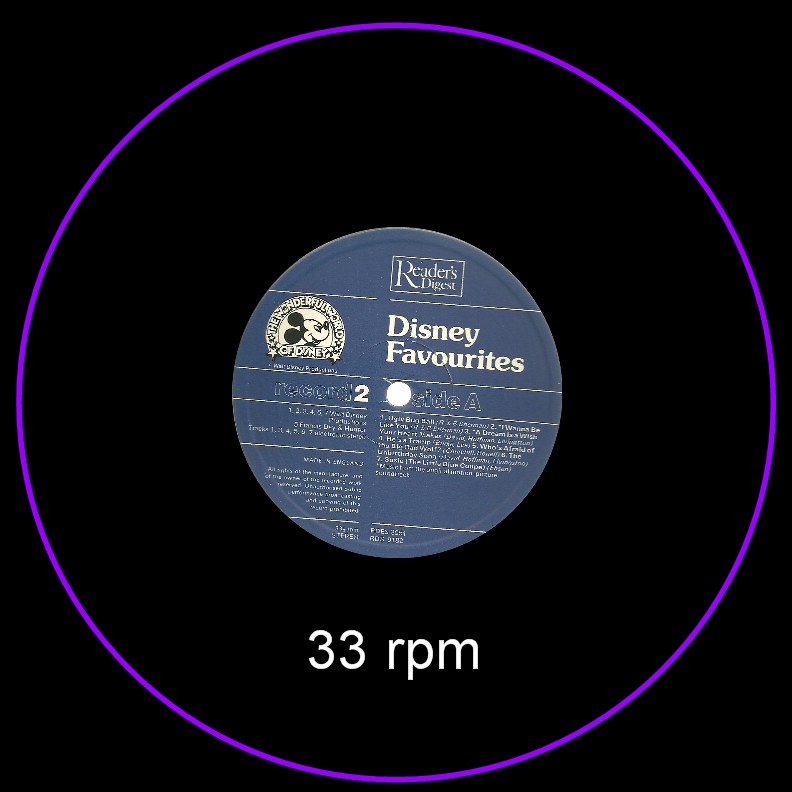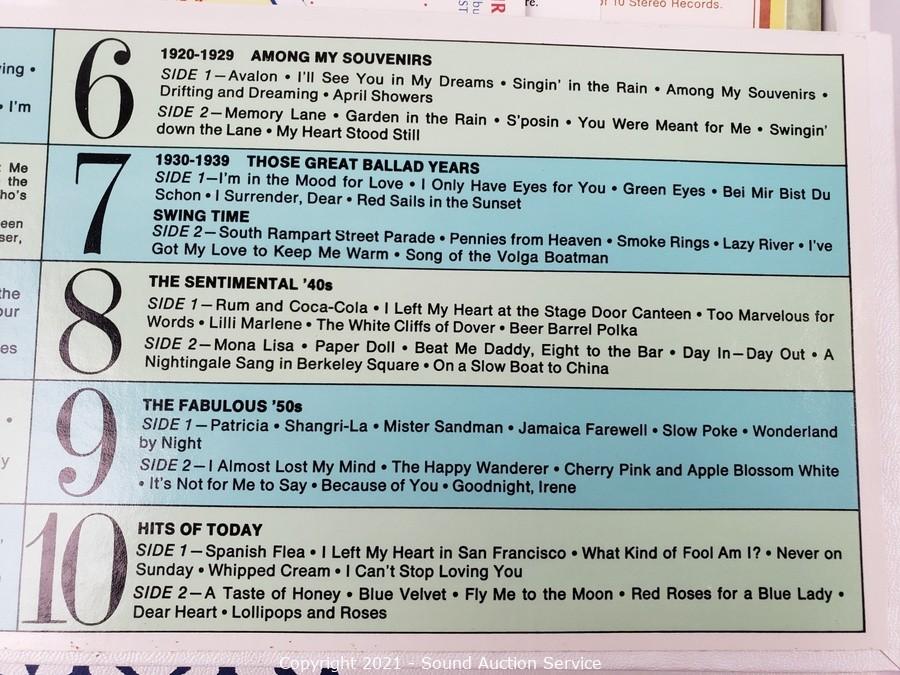

That was slow enough to get five minutes of material (then, as now, the average length of a popular song) onto one of Edison’s five-inch cylinders, and fast enough to provide what passed in those days for decent fidelity. The listener cranked the machine at whatever speed sounded right, which usually worked out to around 80 RPM. Thomas Edison’s first phonographs were hand cranked, which made a single standard speed virtually impossible. Slow speeds are acceptable for spoken-word recordings (many early “talking books” were recorded at 16-2/3 RPM), but not for music, where sound quality is critical. The slower a record revolves, the longer it plays and the worse it sounds. The compromise in this case was between playing time and fidelity. Alternatively you can invest in an old gramophone to play your 78 RPM records for that truly authentic feel.Like so many things in this world, John, the various record speeds were determined by chance and compromise. Playing 78 RPM records will require you to get new equipment, most probably a new stylus but quite possibly a new tonearm or even turntable if yours isn’t capable of providing the tracking force or speed required for playing 78 RPM records. They should be collected for love and enjoyment, not for value. If kids are allowed to touch your vinyl, make sure your shellacs are well out of reach!Īs previously mentioned, as collector’s items most 78 RPM records have little value. They are easily broken when compared to the flexible plastic of vinyl records, and should therefore be handled with care. The paper they come in is generally pretty tatty and dirty, although replacements are available. They were sold in paper or cardboard sleeves and therefore lack the beautiful covers of LP records.

78 RPM records may not be for youħ8 RPM records are not for everyone. Other genres include Jazz, Blues, Big Band and Opera and many others typical of the era. People who enjoy classical music will particularly enjoy 78 RPM records, as this was the most recorded form of music during the early 20th century. Generally speaking, it’s not worth the effort to sell 78 RPM records on Ebay as the income won’t be worth the time expense.ĭue to the era of their creation, 78 RPM records will not be for everyone. Some rare records are worth a reasonable amount of course, so if you think you have a rarity in your collection be sure to read up on it before selling it or giving it away. They are seen as outdated and there are plentiful on the second hand market. By the same token, selling your 78 RPM records will not net you very much money. There is not as large a community of collectors with 78 RPM records as there is with LPs, and therefore there are more available for the picking. They can be found regularly in second hand stores. LPs used amplifiers, which allowed a greater range of sound to be recorded.ħ8 RPM records are also extremely cheap.

The records were created by the musician(s) making sounds directly in to a horn which in turn vibrated a needle which shaped the record. These fans profess that because the music was recorded directly on to the record, it is a true form of music that retains its spontaneity and genuineness given that it has not been processed or altered in any way. Why People Collect 78 RPM RecordsĪlthough 78s to many ears sound worse (more muffled, crackles and pops due to age), to some people they are a uniquely enjoyable listening experience.

This was before the era of turntables driven by electricity, and therefore the speed could be set by a person operating the turntable by adjusting a counterweight. Records made in the 19th century in particular will have been intended to be played at speeds between 70 and 100 RPM. Interestingly, not all of the records play at 78 RPM. Most commonly they are made using a shellac resin. They are almost always made of a different material than the vinyl that most people would be familiar with. Called ’78s’ for short, they were first created in 1898. 78 RPM records are a unique form of records that require unique equipment to play.ħ8 RPM records are the oldest form of recorded music.


 0 kommentar(er)
0 kommentar(er)
